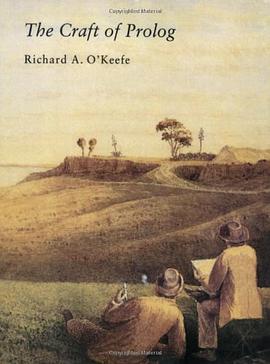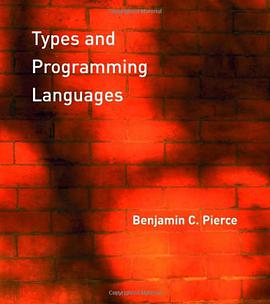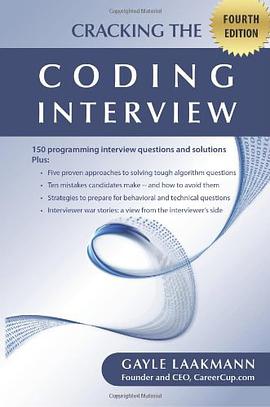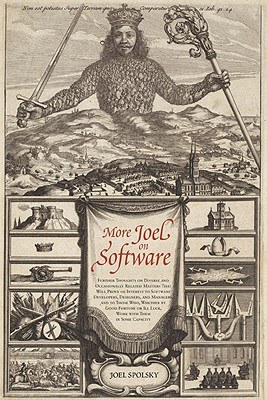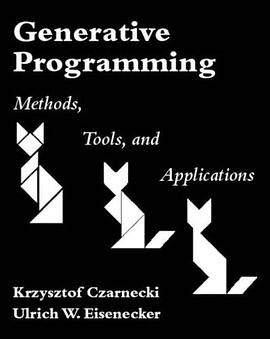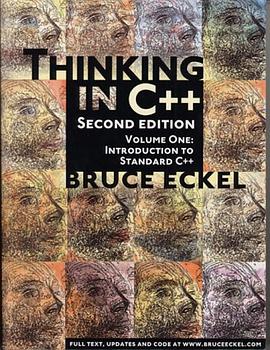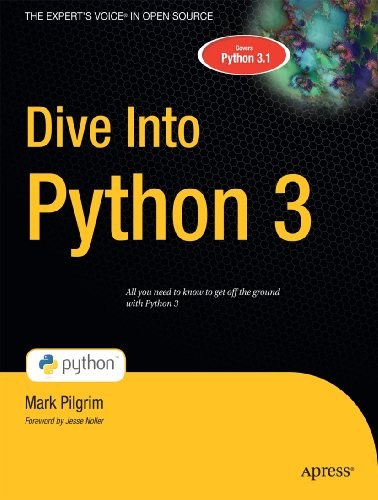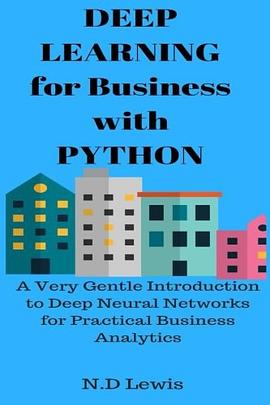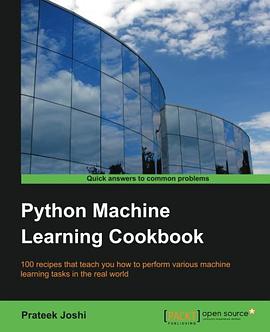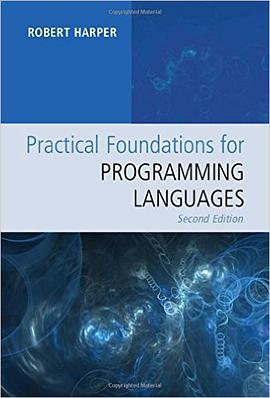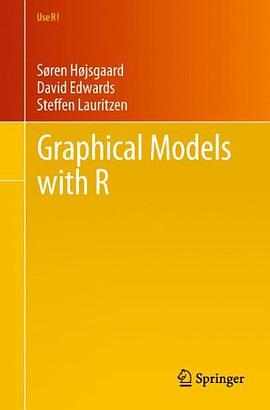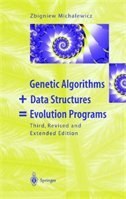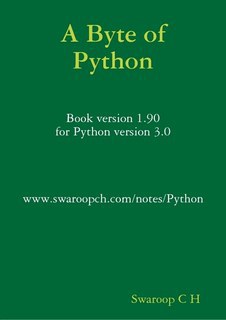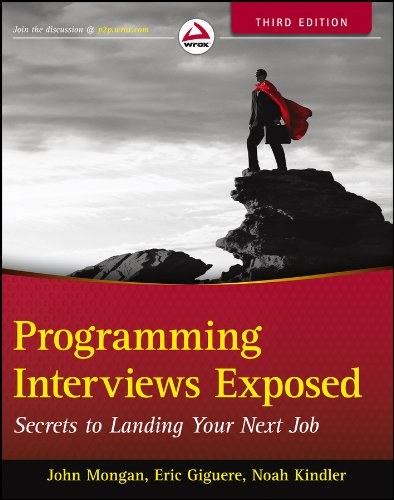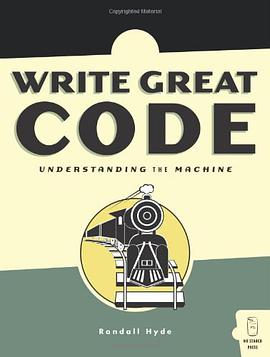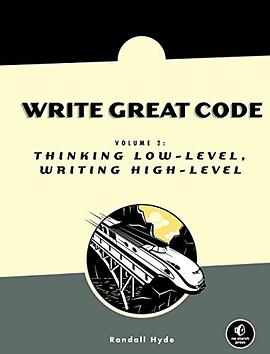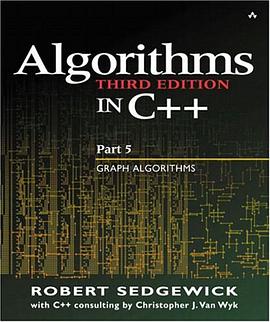Joel, Apress, Blogs, and Blooks ...I was learning the hard way about how to be a publisher and probably spending way too much time looking at web sites and programming than I should have in response to that. Anyway, one day I came across this web site called , which was run by a guy with strong opinions and an unusual, clever writing style, along with a willingness to take on the conventional wisdom. In particular, he was writing this ongoing series about how bad most user interfaces were--mostly because programmers by and large knew, as Joel and I would say, using the same Yiddish--derived NYC vernacular that we both share, "bupkis" about what users really want. And I, like many, was hooked both by the series and the occasional random essay that Joel wrote. And then I had this epiphany: I'm a publisher, I like reading his stuff, why not turn it into a book?...Read the complete Foreword -- Gary Cornell, Cofounder, Apress Since the release of the bestselling title Joel on Software in 2004, requests for a sequel have been relentless. So, we went back to the famed JoelonSoftware.com archives and pulled out a new batch of favorites, many of which have been downloaded over one million times. With Joel's newest book, More Joel on Software, you'll get an even better (not to mention updated) feast of Joel's opinions and impressions on software development, software design, running a software business, and so much more. This is a new selection of essays from the author's web site, http://www.joelonsoftware.com. Joel Spolsky started his weblog in March 2000 in order to offer his insights, based on years of experience, on how to improve the world of programming. This weblog has become infamous among the programming world, and is linked to more than 600 other web sites and translated into 30+ languages! Spolsky's extraordinary writing skills, technical knowledge, and caustic wit have made him a programming guru. With the success of Joel on Software, there has been a strong demand for additional gems and advice, and this book is the answer to those requests. Containing a collection of all--new articles from the original, More Joel on Software has even more of an edge than the original, and the tips for running a business or managing people have far broader application than the software industry. We feel it is safe to say that this is the most useful book you will buy this year. What you'll learn * The best approaches to managing and hiring extraordinary people * Advice for those interested in the software industry as a career and for managers who want to get them * Joel's unique impressions of how to create products and design--good and bad * An "in the trenches" look at how to start and run an effective software business (or any business for that matter) * A true sense of what it takes to create a differentiated, unique, motivated organization Who this book is for Anyone interested in the software business will truly enjoy this book, but in particular this should be required reading for managers of technical businesses. Table of Contents * My First BillG Review * Finding Great Developers * A Field Guide to Developers * Three Management Methods (Introduction) * The Command and Control Management Method * The Econ 101 Management Method * The Identity Management Method * The Perils of JavaSchools * Talk at Yale * Advice for Computer Science College Students * Font Smoothing, Anti-Aliasing, and Subpixel Rendering * A Game of Inches * The Big Picture * Choices = Headaches * It's Not Just Usability * Building Communities with Software * Martian Headsets * Why Are the Microsoft Office File Formats So Complicated? * Where There's Muck, There's Brass * Evidence-Based Scheduling * Strategy Letter VI * Can Your Programming Language Do This? * Making Wrong Code Look Wrong * Foreword to Eric Sink on the Business of Software * Foreword to Micro-ISV: From Vision to Reality * Hitting the High Notes * Bionic Office * Up the Tata Without a Tutu * Simplicity * Rub a Dub Dub * Top Twelve Tips for Running a Beta Test * Seven Steps to Remarkable Customer Service * Picking a Ship Date * Camels and Rubber Duckies * Five Whys * Set Your Priorities
